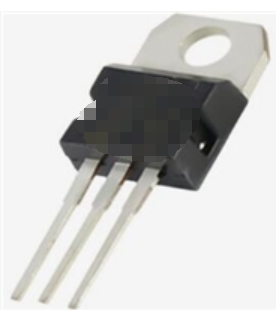Date:2025-07-03 Categories:Product knowledge Hits:365 From:Guangdong Youfeng Microelectronics Co., Ltd
A transistor is a semiconductor device with three pins, typically consisting of an emitter (E), a base (B), and a collector (C). It can amplify signals and act as a switch, making it a very important component in circuits. If one of the pins of the transistor breaks, it cannot function properly as a transistor. However, in some cases, if the collector or emitter is disconnected, the transistor can sometimes be used as an FM25V10-G diode.
A diode is a semiconductor device with only two pins and has unidirectional conductivity. Its two pins are anode (A) and cathode (K). When forward biased, the diode conducts; When reverse biased, the diode is turned off. The main function of a diode is rectification, which converts alternating current into direct current, and is also used for signal detection, amplitude limiting, and voltage stabilization.
If the base (B) or emitter (E) of atransistor is broken, while the PN junction between the collector (C) and emitter (E) remains intact, then the transistor can be used as a diode to some extent. Because in a transistor, there is a PN junction between the collector (C) and emitter (E), which is similar in structure to a diode. In this case, the collector can be used as the anode of the diode, and the emitter can be used as the cathode of the diode. However, the efficiency and performance of such use will not be the same as the original diode, as the design and materials of the transistor are optimized for its transistor function.

Previous: Classification, Structure, and Principle of MOSFET
Next: Can a transistor be used as a diode if one of its pins is broken? 2